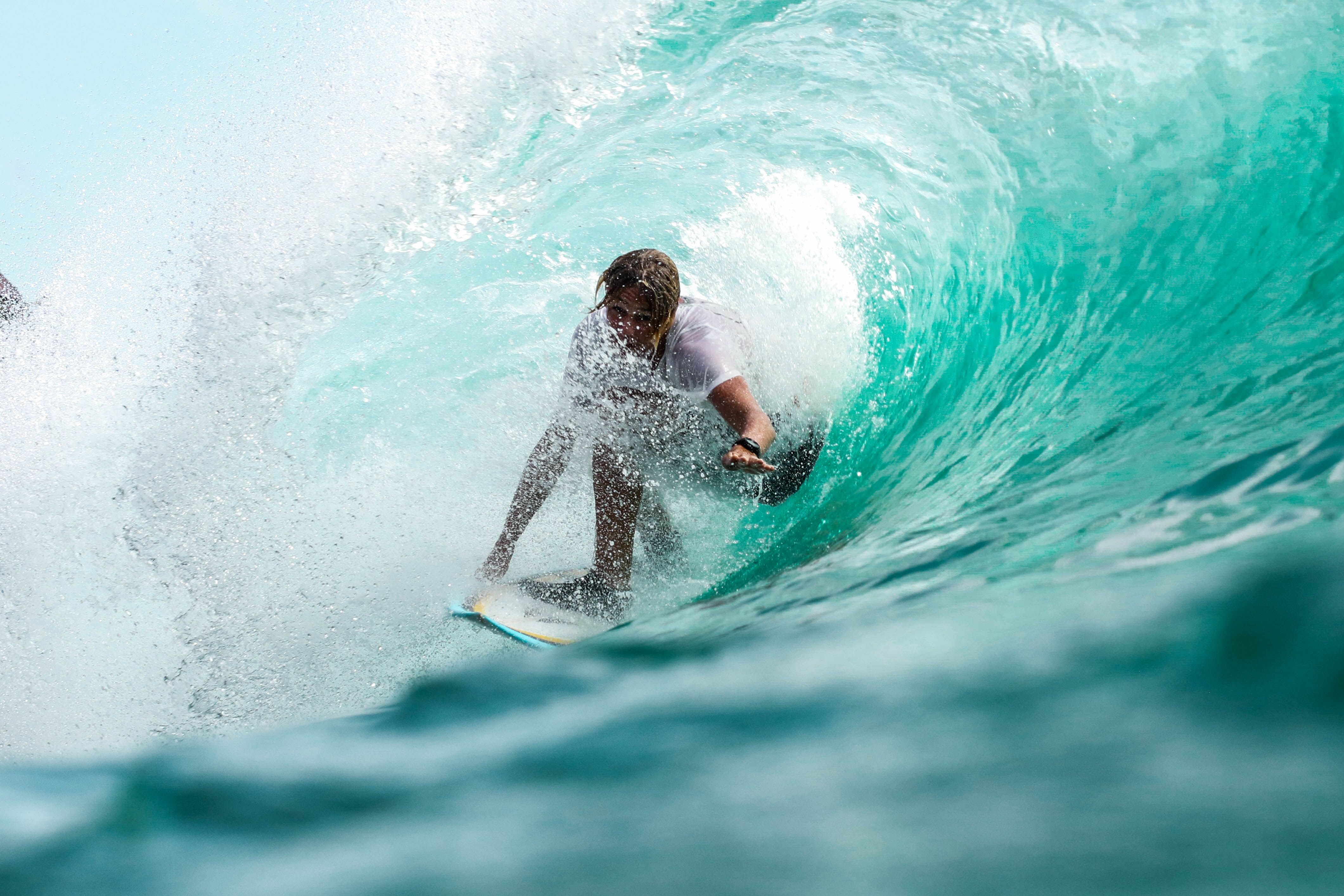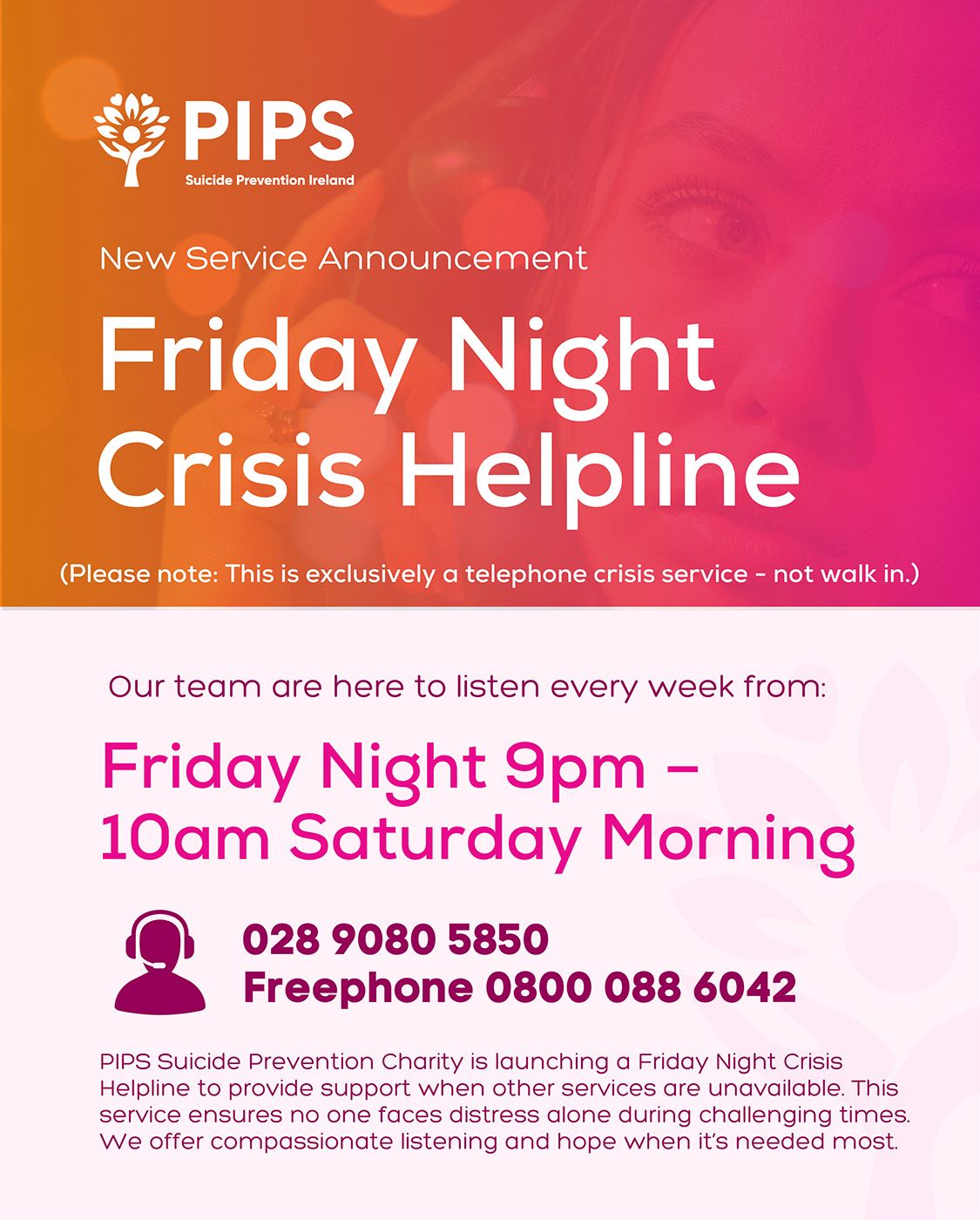EVERYBODY dreams of that Californian surfer lifestyle: rolling out of bed, getting into an old 60s VW camper van, surfboards crammed on top and driving to the nearby beach.
The sun is shining, you lather yourself in suncream, pull on some board shorts, grab your board and dive in! It is the dream... but Irish reality soon slaps you across the face, when you have to slither yourself into an often soaking wetsuit, force yourself into the freezing Atlantic sea, just to get beaten around by the wind and the rain.
That's enough to put anyone of surfing, let alone a beginner! However, Ireland has some of the best waves in Europe, and its one of the best places to learn to surf. With endless beaches to explore, helpful locals and amazing waves, here are a surf instructor's top ten tips to get your Irish surfing dream started in the best way possible:
1. Where do I go and how do I get there?
It’s pretty obvious that there are no waves in Belfast. Unless you fancy surfing the ripples off the back of the Stena Line ferry (which I don't recommend)... So you have to go further afield. The North Coast has many beaches to choose from, most of which are great for beginners. I learned to surf on Downhill beach, which has breathtaking views of the Mussenden Temple and small, perfect waves to practice on. However Downhill beach, is a bit of a trek, so if you don't have access to a car, I would recommend Portrush. From Belfast, you can get a direct train, which usually takes an hour and a half. Once in Portrush you can choose from either the East Strand or the West Strand, both providing stunning landscapes and safety through the lifeguards in summer. Talking to the lifeguards can be really helpful, especially if you are not familiar with the sea. Everyday, in the summer, the lifeguards will access the conditions and set up flags. Surfers should surf in-between the black and white flags and stay away from the red and yellow flags (swim zone), keeping everybody safe. If you are surfing for the very first (and hopefully not your last) time, surf at a lifeguarded beach.
2. What Equipment do I need?
A surfboard would be very useful. A foamy surfboard is the best for beginners, helping you build your confidence, be safe and of course, have fun. A lot of people want to surf the 'cooler' shortboards, but trust me, in surfing, it's better to start big and work your way down. If anyone, who is anyone, will know, we do not have bath temperature seas (not yet anyways...), so a wetsuit is essential all year round. Portrush has loads of wee shops, where you can pick up all the equipment you need. Troggs and Woodies have excellent staff, who can provide you with advice on what wetsuit and surfboard would suit you, and your budget best. If you are prone to chilliness, I would recommend also picking up a pair of booties, gloves and if you are really desperate, you can even get a hood. As you can imagine, surfing can be pretty expensive, especially buying all the equipment. Thankfully, Portrush has many surf schools, close to the beach, where you can rent a wetsuit and board for a couple of hours. This is super handy, if you just want to get in the water and try it a few times, before fully committing.
3. When should I go surfing?
It would be an absolute nightmare to travel all the way to Portrush just to discover it's flat. Luckily, there are websites that predict the weather and waves, so you know when exactly to go. Sometimes they are not completely bang on, but they are still very useful... a long distance surfer's best friend. Wind Guru is the most reliable, so if you are familiar with weather charts, I recommend using this. Although, if you are like me, and find numbers and charts confusing, Surfline is your best bet. You simply type in the surf spot in the top bar and it will tell you about the conditions. You can also tune into Troggs.com on social media, where they do a daily surf report on the North Coast, so you can see what the waves actually look like.
Cold-water surfing with an epic backdrop – watch the experts catch some waves at Whiterocks Beach, just off Northern Ireland's Causeway Coastal Route! 🏄 #FillYourHeartWithIreland 📍Whiterocks, Portrush pic.twitter.com/xdQkqpPwKj
— Tourism Ireland US (@GoToIrelandUS) March 30, 2021
4. Practice on the sand
You have finally arrived at the beach. You've got your wetsuit and board, now what? Practice. I'm sure you have heard it many times before, but practice does make perfect. By putting your board down in the sand, you can lie down on it, and practice popping up. From the beginners to the pros, practicing on land, makes surfing in the water easier. It helps your body get used to the motion of popping up and over time, you will be able to do it without thinking.
5. Stretch
When you start surfing, you will be using muscles you didn't even know you had. It is very important to stretch, not only will this lumber you up for the water, but your body will thank you the day after (your body will be in bits). The key areas are your arms, shoulders and lower back, so make sure you stretch them out extensively. Another useful thing about stretching is being able to watch the waves, observe the currents and the other surfers, start to think about where you should be when in the water. You can even go for a quick dip to get a feel for the water, before bringing your board in with you.
6. Learn to catch waves first
When people start surfing, they want to jump up on their boards, do crazy turns and big tricks. This is possible, don't get me wrong... but first you need to be able to catch waves. A lot of problems I find with beginners, is that they don't paddle enough to catch the wave and end up standing (which is awesome) when the wave has past them. So for your first couple of waves, focus only on paddling. A surfer told me, when I was first starting out, that you need to paddle the same speed as the wave in order to catch it. Stay in the white wash (the foamy part when the wave has broken) closer to shore. These waves are easier to catch and help you practice and progress quicker.
7. Take your time
When you can catch waves consistently, it doesn't have to be a wild scramble to get onto your feet. This is often why most people 'wipe out'. Take your time, and do each step. Remember to stay low, standing straight up can put you off balance. You have a better centre of gravity if you stay low and gradually stand up.
These guys surfing at dusk 👀🙌 #Portrush #NorthernIreland pic.twitter.com/z8SEIcnoQl
— John Moore (@johnmooreni) August 30, 2020
8. Always go with a friend
Bringing a friend, helps keep you safe and can also encourage you. It's great to way watch each other progress and push each other to get better. People often confuse surfing as a solitary sport, but my favourite times surfing are the ones spent with my friends. It is a great way to build community.
9. Should I go to a surf school?
I highly recommend going to a surf school. The surf instructors are super helpful and can give you a great foundation to build your surfing journey on. Even doing one lesson and then practicing by yourself is very handy. There are many surf schools to choose from in Portrush.
10. Keep at it
Surfing can be tough. So don't beat yourself up if you don't get it the first or even the second time. But once you stand up on your first wave and ride all the way to shore, you will be addicted for life. It won't matter how cold it is, or how long you have to drive. you will spend the rest of your days finding that perfect wave and chasing that high – and what better place to do it than in Ireland.
Okay, I said top ten tips, but here's an important one...
11. Leave nothing but footprints
I'm sure you are well aware of the climate emergency... It is very important to take everything with you when at the beach. It is our reasonability to protect the landscape and the animals that call it home (including us, surfers). If you see a wee bit of rubbish when you are leaving, you might as well pick it up... a little goes a long way. We want to keep our oceans a happy and healthy place for us, and the next generation to enjoy. Happy surfing and I'll see you out there!







